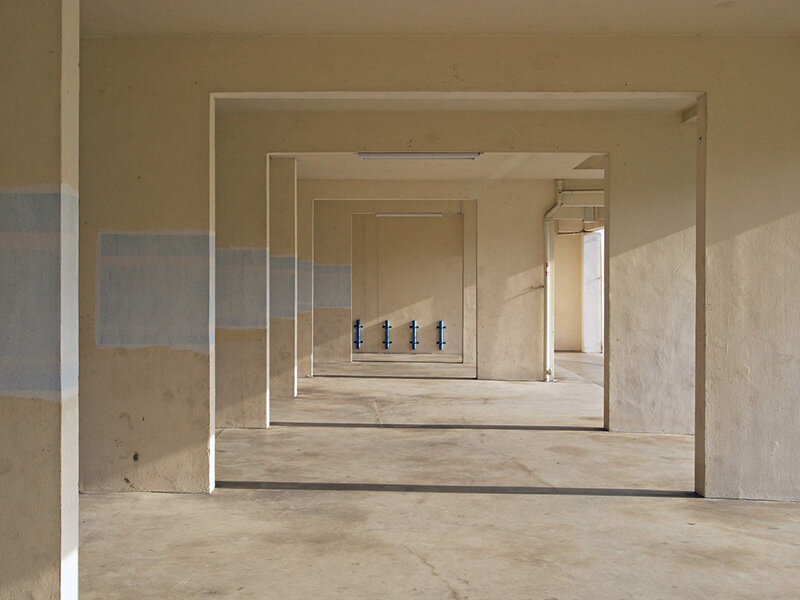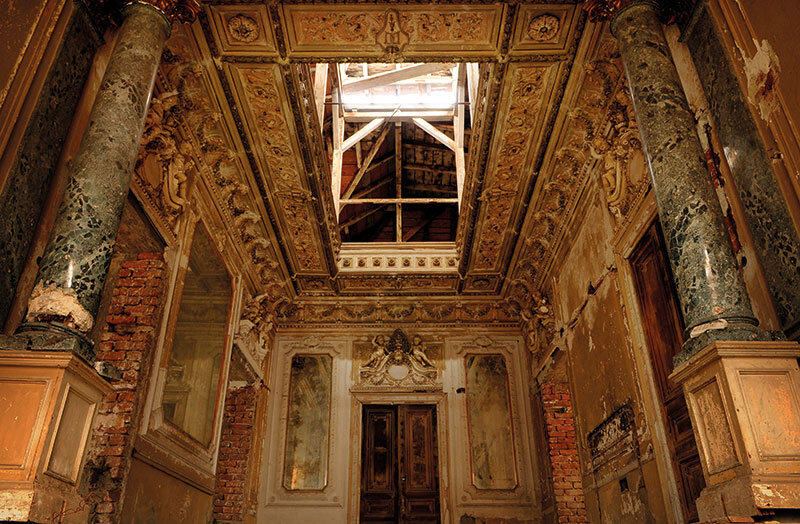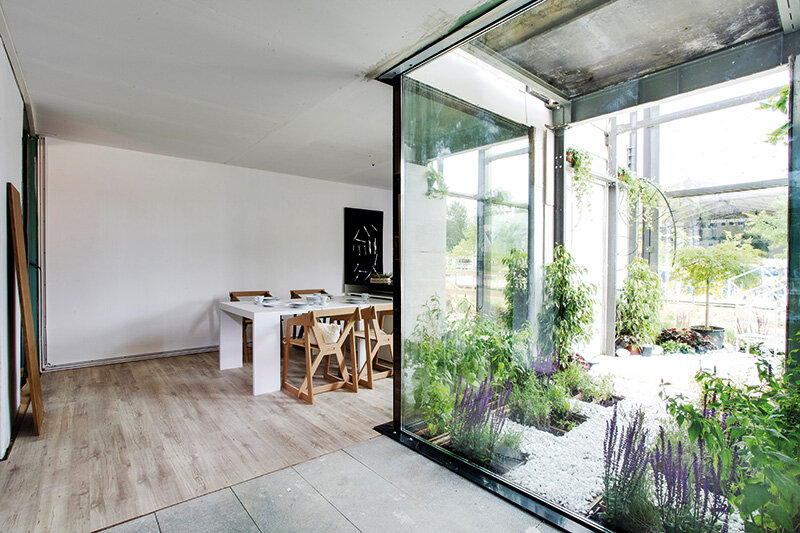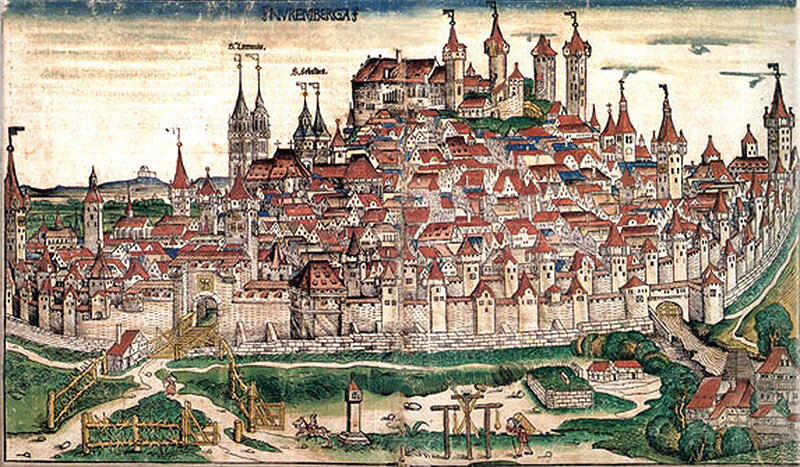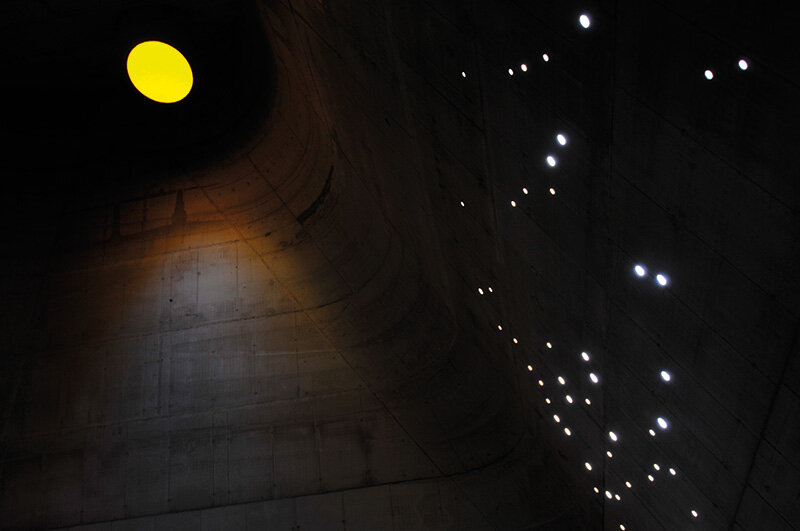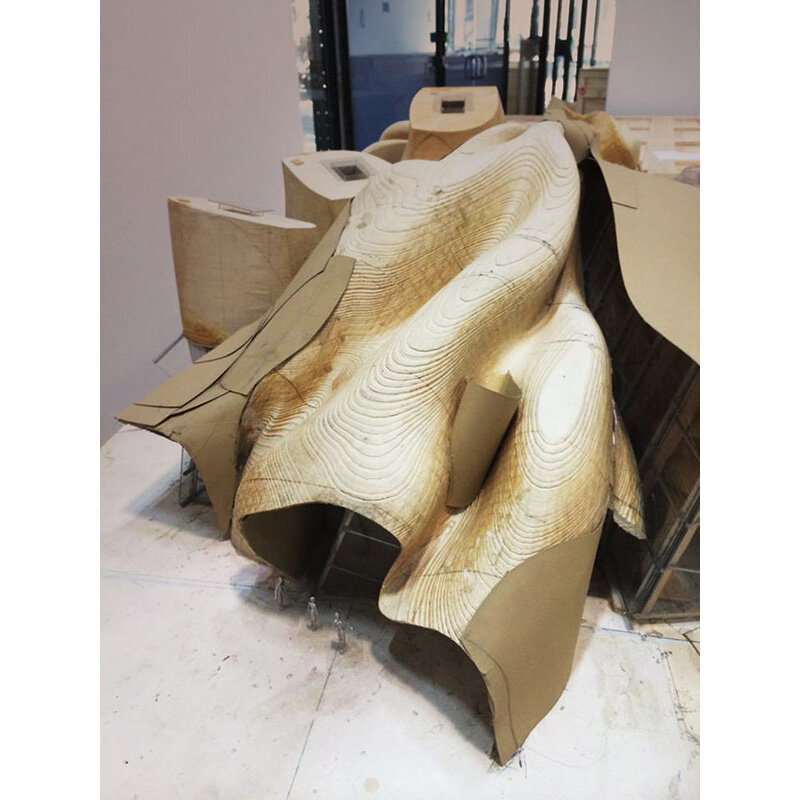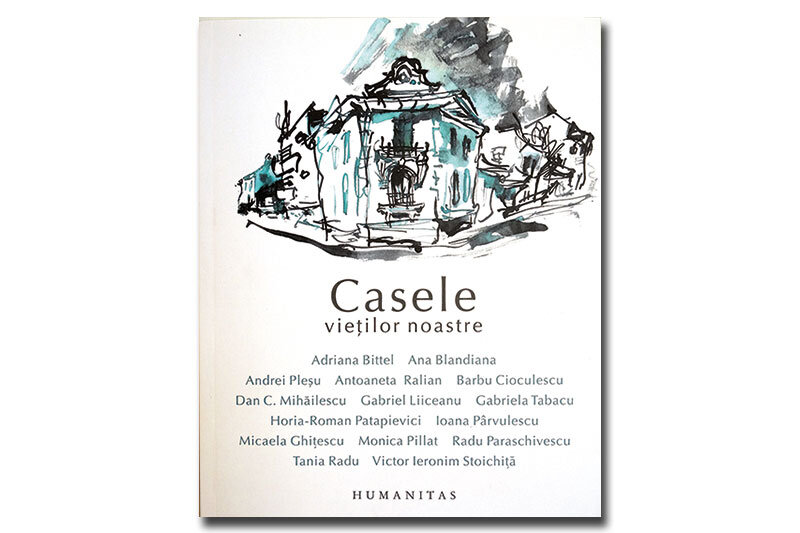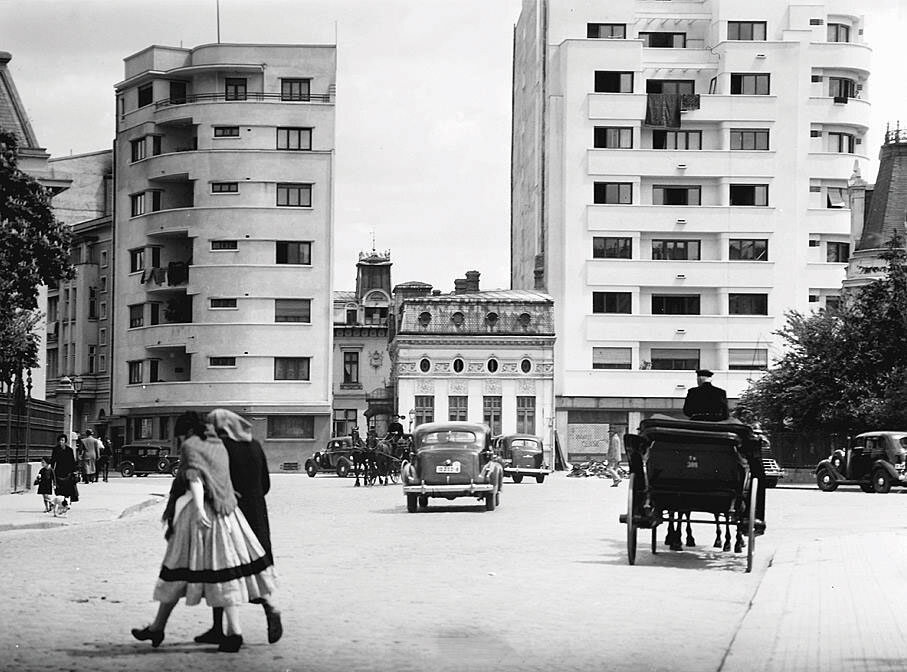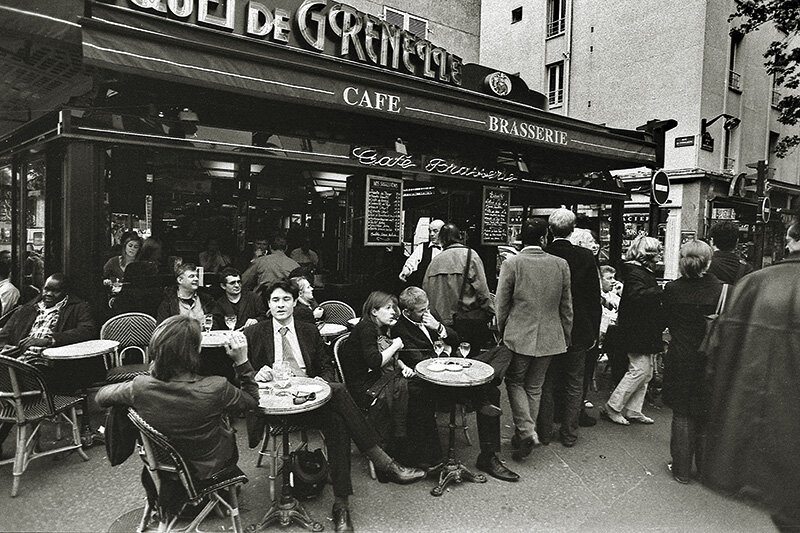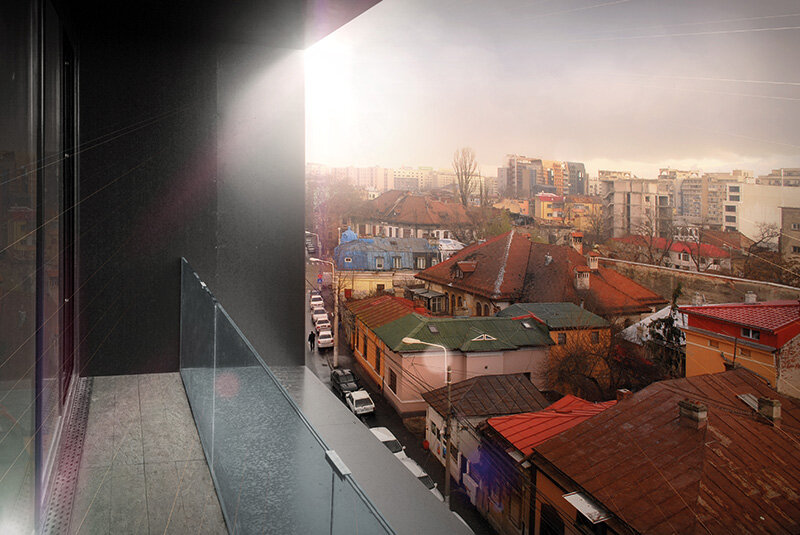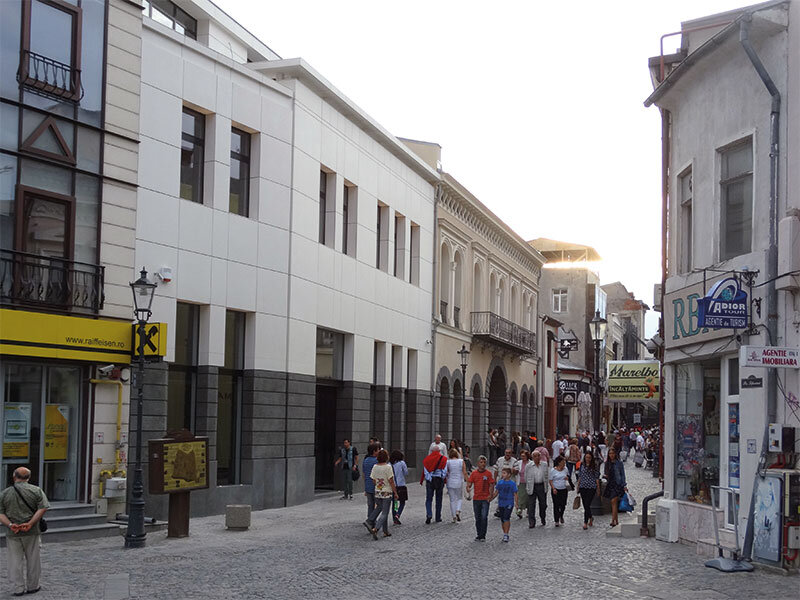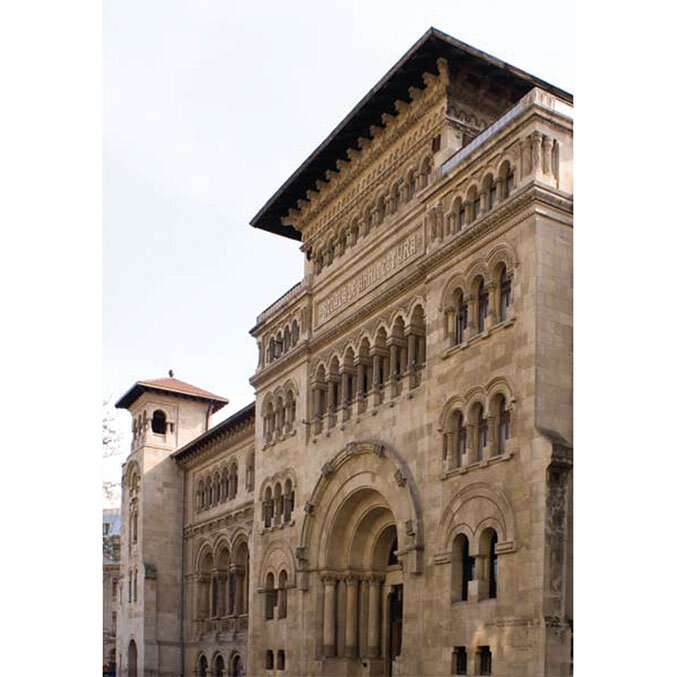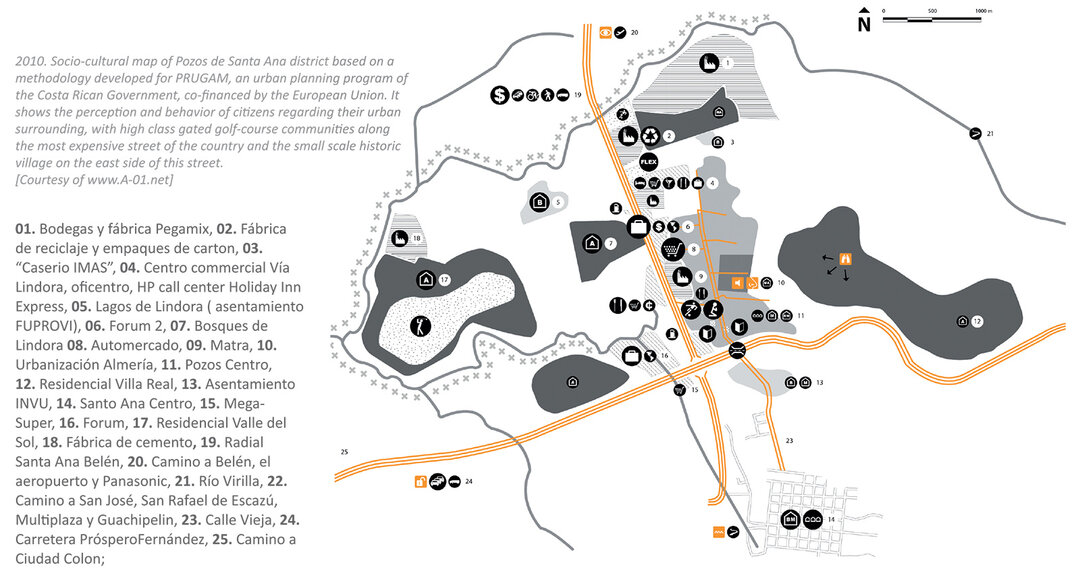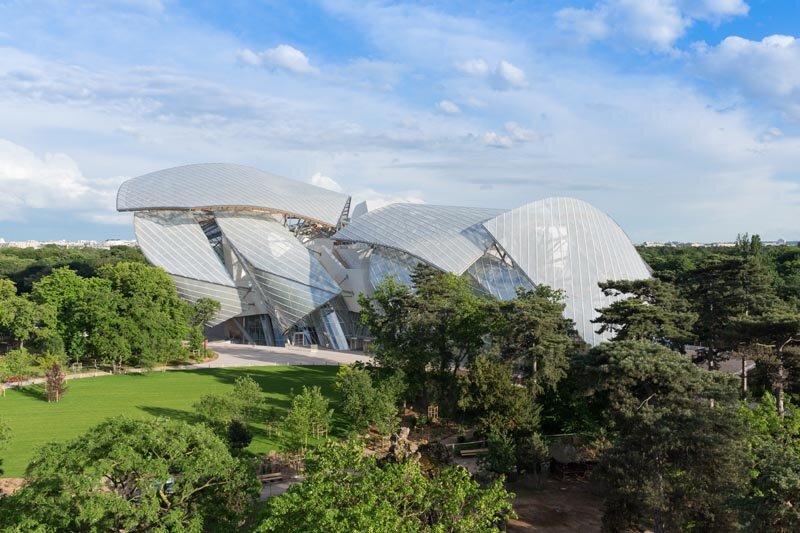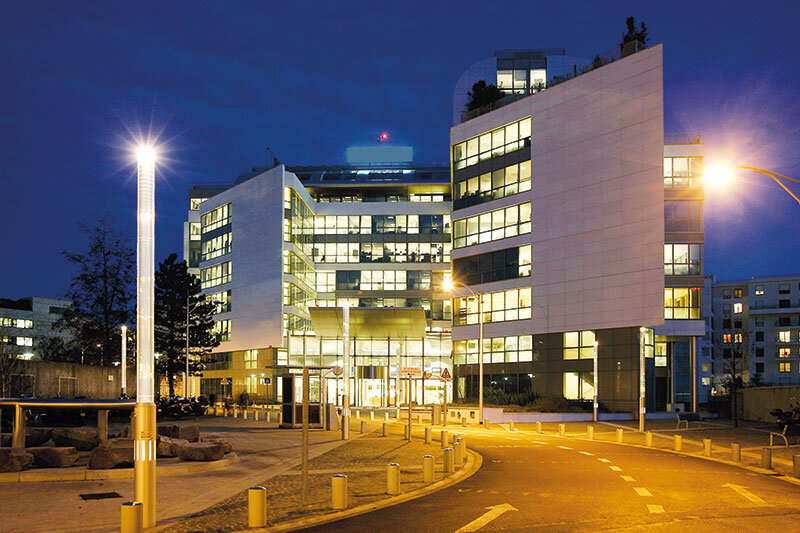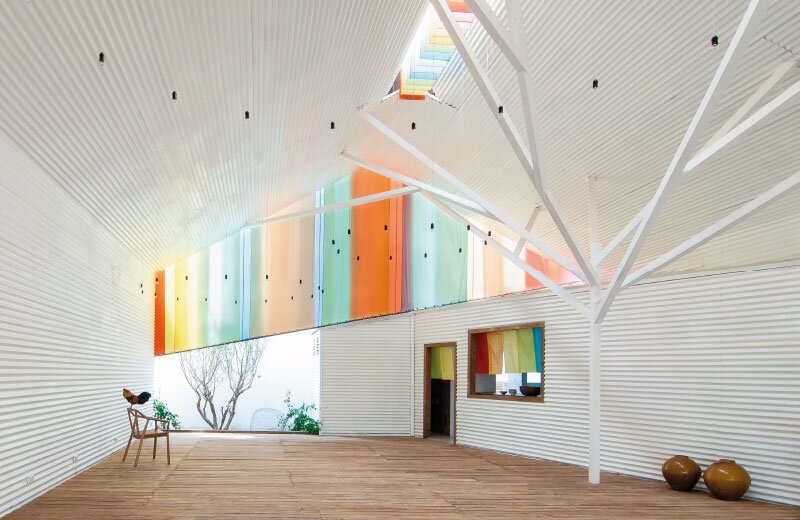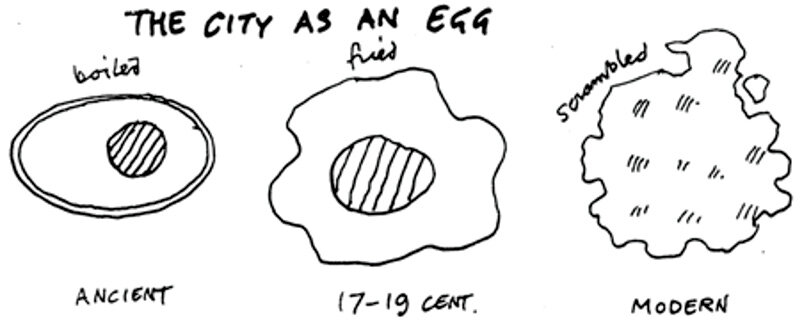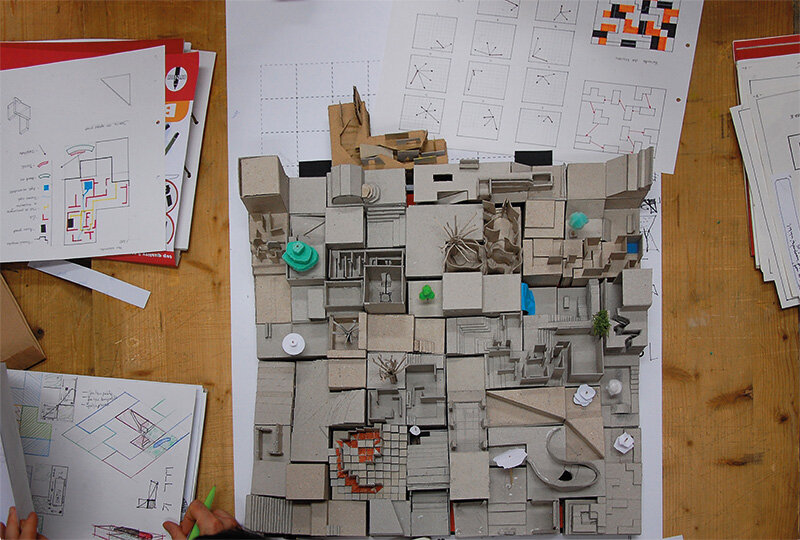
Neighborhood: an infantile definition in three parts
Vicinity: A Three-step Infantile Definition
| UNU "I notice a tree. I can perceive it as an image: the stiff pole in the garden of light or the gushing green of the gentle azure in the background. I can feel it as movement: a system of vessels bursting wildly from a fixed and throbbing core, the absorption of roots, the breathing of leaves, the infinite exchange with earth and sky - the dark growth itself. I can put it into a species to observe it as an exemplar of the structure and modes of life. I can so categorically go beyond its present duration (seine Diesmaligkeit) and its form (seine Geformtheit) that I know it only as an expression of a law (...). I can volatilize it into a number and fix it for eternity as a mere numerical ratio (Zahlenverhaltnis). In all this, the tree remains my object, retains its place and its sorosity, its mode and its composition." (Martin Buber, You and I) I began this little text about the neighborhood with a tree. Not only because, like Hundertwasser, I wish that from the "neighborhoods" of my block of flats just "retreated for thermal protection" would grow baobab trees like on the planet of Saint-Exupery's Little Prince, where it was enough to move your chair to see forty sunrises in a day. Not only because, when I was a child, in the 'neighborhood' of my house, there were huge, scorched, cloud-headed trees the size of eucalyptus trees that time had grown backwards, and when I saw them again as a teenager they were just simple Bucharest trees. Not only because I once read Maitreyi. But because I simply want to search for the roots of neighborhood. |
| Read the full text in the double issue 4-5 / 2014 of Arhitectura Magazine |
| ONE "I notice a tree. I can perceive it as an image: a stiff pillar basking in the garden light or a surge of greenness rising against the delicate azure background. I can feel it as movement: a system of vessels, throbbing, rushing from a fixed nucleus, the roots absorbing, the leaves breathing, infinite exchange with the earth and the sky - the dark growth itself. I can frame it in a species in order to observe it as an illustration of life's structures and modes. I can overlook so firmly its present duration (seine Diesmaligkeit) and its form (seine Geformtheit), as to end up seeing it only as an expression of a law (...). In all these, the tree remains an object of mine, preserves its place and its fate, its mode and its structure. (Martin Buber, Me and You) I began this small text with a quote on vicinity with a tree. Not only because, just like Hundertwasser, I wish that the "vicinities" of my apartment block recently "refurbished for thermal protection" were home to baobabs just like on the planet of Saint-Exupery's Little Prince, where it sufficed to move your chair to see forty sunrises a day. Not only because, during my childhood, immense trees the size of eucalypts rose high up in the clouds in the "vicinity" of my house, but when I saw them again they were but mere Bucharest trees. Not only because I read Maitreyi once. But also because I simply want to look for the roots of vicinity. |
| Read the full text in the print magazine |


